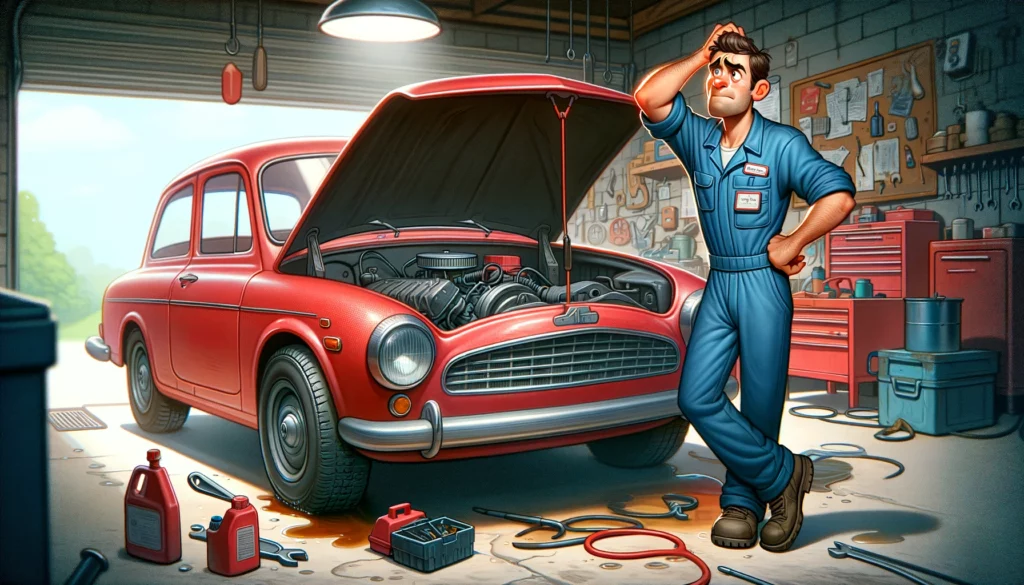
Fuel pressure monitoring is essential for the optimal operation of your vehicle’s engine. The fuel rail pressure sensor plays a critical role in this process by gauging the pressure of the fuel in the rail and sending this data to the engine control unit (ECU).
In the event of a fuel pressure monitoring malfunction, you may observe various symptoms that signify a problem. These can include an illuminated check engine light, erratic engine performance, or challenges in starting your vehicle.
Being aware of these signs and understanding the consequences of a pressure sensor failure are important steps in troubleshooting and resolving the issue.
Key Takeaways
- Monitoring fuel pressure is crucial for engine performance.
- Recognize symptoms like engine light alerts and starting issues.
- Timely troubleshooting can prevent further fuel system damage.
What Is a Fuel Rail Pressure Sensor and What Does it Do?
The fuel rail pressure sensor is a critical component in your vehicle’s fuel system, primarily responsible for monitoring the fuel pressure within the fuel rail.
This sensor ensures that the fuel pump delivers the correct amount of fuel to the fuel injectors for optimal engine performance.
The sensor’s readings are pivotal for maintaining the right air-fuel mixture and for the fuel pressure regulator to make necessary adjustments. Here’s how the sensor plays a pivotal role:

- Fuel Rail: Acts as the storage hub for fuel before it is injected.
- Fuel Pressure Sensor: Monitors pressure, sending data to the engine’s control unit.
- Fuel Pump: Supplies fuel from the tank to the rail.
- Fuel Injectors: Sprays fuel into the combustion chamber.
- Fuel Pressure Regulator: Ensures the pressure remains within required parameters.
What Can Cause a Fuel Rail Pressure Sensor to Fail?
When your fuel rail pressure sensor isn’t operating correctly, it’s often due to a few common issues. Here’s a brief overview to help you understand what might be going on depending on your settings and under your hood.
- Contamination and Dirt Buildup: Over time, it’s not uncommon for your fuel system to get contaminated with dirt and debris. This can happen due to regular wear and tear or a failure to replace the fuel filter at recommended intervals.
- Electrical Issues: The sensor’s electrical connections are crucial for its operation. Corrosion, loose connectors, or damaged wiring can impair the signal, leading to sensor failure.
- Mechanical Damage: Any physical damage to the sensor itself, perhaps from engine work or an accident, can render the sensor inoperative.
- Regular Wear and Tear: Like all automotive components, the fuel rail pressure sensor can fail simply due to age and the accumulated stress from regular use.
- Exposure to Extreme Temperatures: Extreme heat or cold can affect the sensor’s performance and may lead to failure.
- Manufacturing Defects: Though less common, sometimes sensors have inherent defects from the manufacturing process that can lead to premature failure.
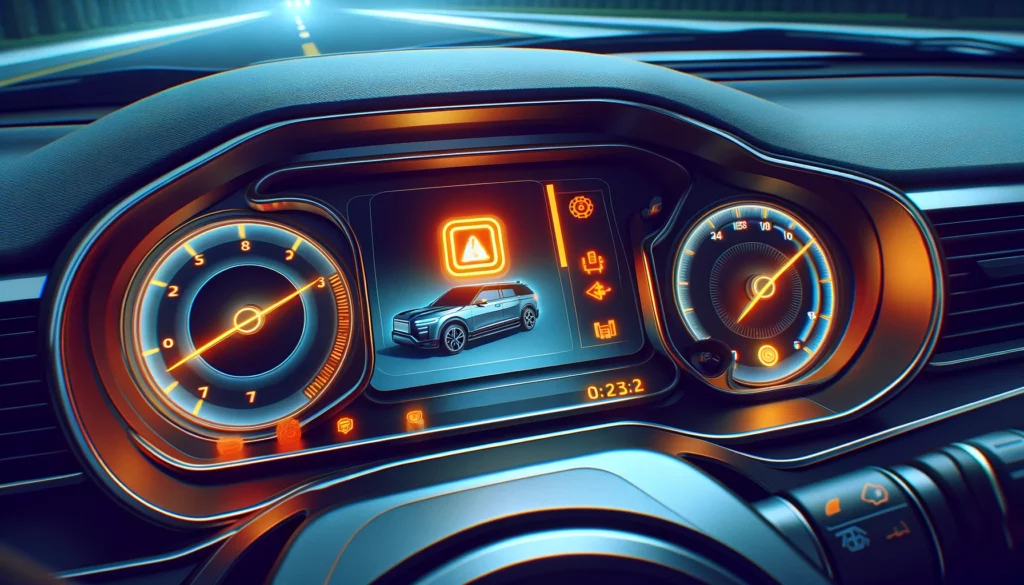
Signs and Symptoms of a Faulty Fuel Rail Pressure Sensor
Check Engine Light Turns On
The most evident sign of trouble is when your check engine light illuminates on the dashboard. This warning light suggests that there’s a diagnosis required, often tied to sensor failure.
Engine Performance Issues
If you experience poor engine performance or setbacks, such as misfires, hesitation during acceleration, or loss of power, this could point to a malfunctioning fuel rail pressure sensor which is essential for allocating the correct fuel amount to your engine.
Starting and Stalling Difficulties
When your fuel rail pressure sensor isn’t functioning properly, you might face hard starting or frequent stalling.
These symptoms are apparent due to the incorrect fuel pressure being relayed to your engine, disrupting the start and idle process.
Fuel Economy and Emission Indicators
Faulty sensor signals can cause a decline in fuel efficiency and increase in harmful emissions.
This manifests as poor mileage and potentially visible black smoke from the exhaust, signaling that your vehicle’s emission control isn’t regulating the fuel mixture correctly.
Diagnosis and Troubleshooting
The troubleshooting process typically involves checking diagnostic trouble codes and undergoing a professional inspection to identify any malfunctioning components in the engine management system.
Diagnostic Trouble Codes

To begin diagnosing a fuel pressure issue, plug an OBD-II scanner into your vehicle’s diagnostic port.
The scanner reads error codes from the Engine Control Unit (ECU) or Powertrain Control Module (PCM), which governs engine operations.
If the scanner reports trouble codes specific to fuel pressure, it indicates a probable issue with the fuel pressure sensor or related components.
Common codes include P0193 for a high signal from bad fuel pressure sensor and P0192 for a low signal from the fuel pressure sensor.
Professional Inspection and Repair
If error codes suggest a malfunctioning fuel pressure sensor, it’s best to have a professional technician or mechanic perform a thorough inspection. They will examine the sensor and related systems such as the fuel pump and fuel lines.
Since fuel pressure is critical to proper engine performance, a technician will ensure accurate diagnostics using specific tools and skills.
The repair process may involve replacing the sensor, addressing electrical issues, or resolving any fuel system concerns identified during the inspection.

Tips for Maintaining your Car’s Engine
Routine Check-Ups and Replacement Strategies
- Fuel Filter: On average, replace the fuel filter every 15,000 to 30,000 miles. A clogged fuel filter can lead to reduced engine performance and increased stress on the fuel pump.
- Fuel Line Checks: Regular inspection of the fuel lines is necessary to spot signs of wear, such as cracking or fuel leaks, which could result in hazardous issues and compromise engine operation.
- Fuel Pressure Regulator: Monitor fuel pressure and consult a professional for precise adjustments as needed. Any inconsistencies might cause engine misfires or poor acceleration.
- Fuel Delivery System: Ensure all components involved in fuel delivery, including pumps and injectors, are functioning correctly. Signs of a failing fuel system include rough idling or difficulty starting.
Frequently Asked Questions
What steps are involved in resetting a fuel rail pressure sensor?
To reset a fuel rail pressure sensor, you’ll typically need to disconnect the battery, which resets the ECU. After reconnecting the battery, you may need to start the engine and let it idle for a few minutes so that the ECU can recalibrate the sensor readings.
How can you test the functionality of a fuel rail pressure sensor?
You can test the fuel rail pressure sensor using a diagnostic scan tool to read the pressure values it’s sending to the ECU or by using a fuel pressure gauge to get direct readings on how to test fuel pressure sensor. Comparing these values can help determine if the sensor is working correctly.
Can You Drive With a Faulty Fuel Rail Pressure Sensor?
Driving with a faulty fuel rail pressure sensor can result in poor performance, decreased fuel efficiency, or even engine damage. Therefore, it is advisable to avoid driving until the sensor is inspected and, if necessary, replaced.
How Much Does a Replacement Fuel Rail Sensor Cost?
The cost of a replacement fuel rail sensor can vary, generally ranging from $50 to $200 for the part, with labor costs adding additional expense depending on the vehicle and mechanic.
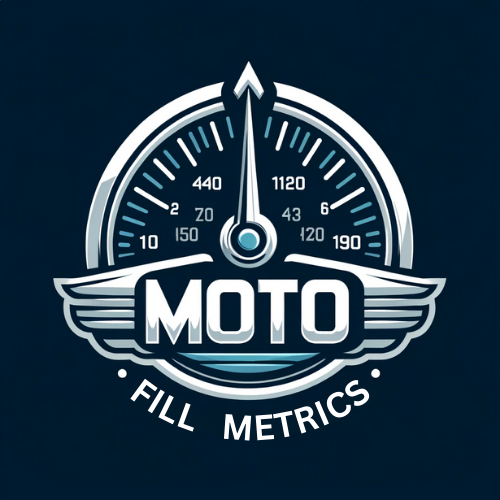
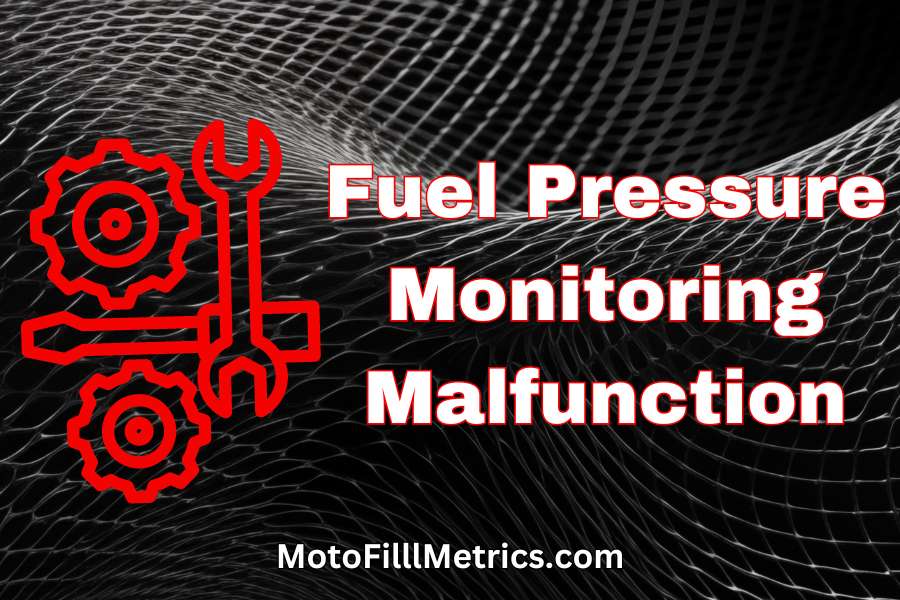
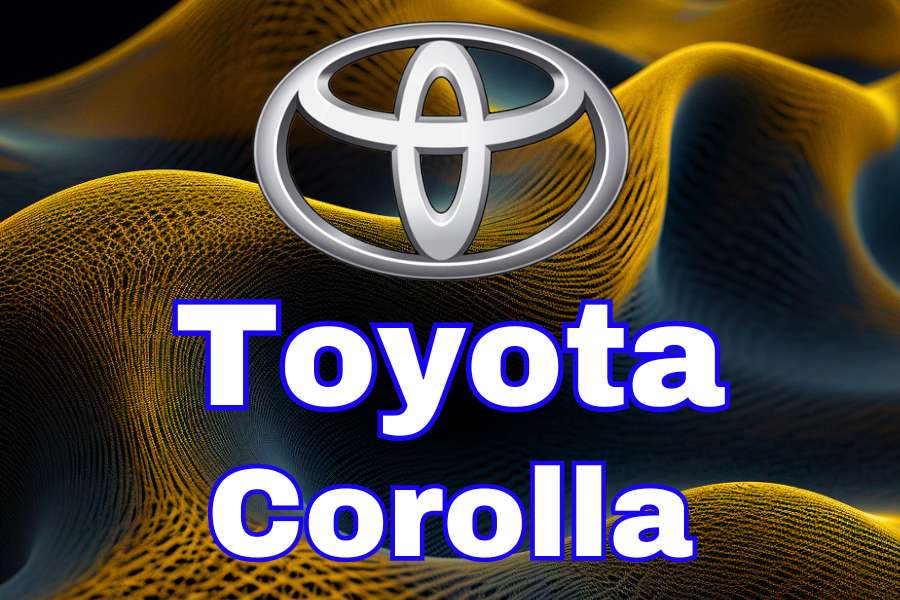


Leave a Reply